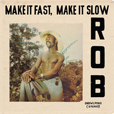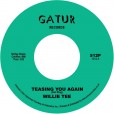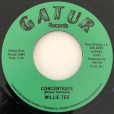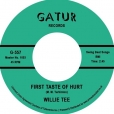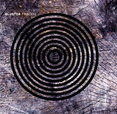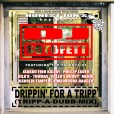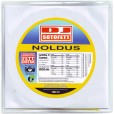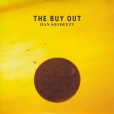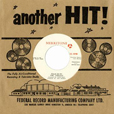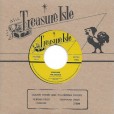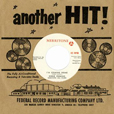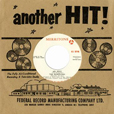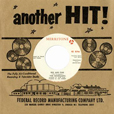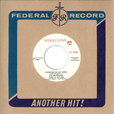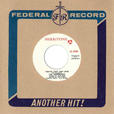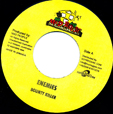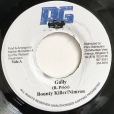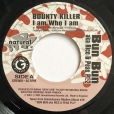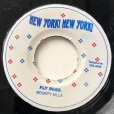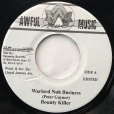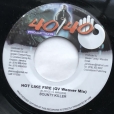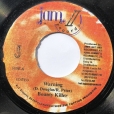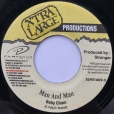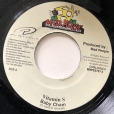Your basket is empty

Epic, protean brilliance from the Sotofett corner, bumping nylon New Age and ill Chill Out up against reggaeton and jungle exotica, spilling batucada-style percussion workouts out of clean-heeled house.
Each side spins the wheel and introduces a new collaborator or two — Phillip Lauer from Tuff City Kids is here; Gilb’r from Versatile (on a new version of Pulehouse)...
The knockout punch is there on side three: Nondo — which means ‘Heaven’, ‘Eternity’ — starts out as an electro-lullaby from Côte d’Ivoire, sotto voce and abuzz, before lifting off as a zinging, anthemic, future-house-classic.
A real tour de force all round, gusting in from Moss.
Three murderous steppers dubs on a propulsive, rat-tat-tat rhythm, combining mystical spaciousness with detail and ferocity. Angry-lion bass and smears of brass, fusillades and explosions, scares and shocks, oriental pentatonics, clattering percussion and synthy transcendence… the business. The second mix is nastiest; the third is the wildest and most discombobulated (and our favourite).
Bim bim bim.
Warmly organic, engaging recordings, steeped in the verve and lore of seventies jazz, but characteristically up-for-it and irreverent, not remotely twee. One solo, duos and trios, cosmically lathered in synths, with virtuosic playing by Osaruxo, LNS, Jaakko Eino Kalevi, Fit Siegel and co.
Intended as a kind of promo for a tour of Japan, presented in a simple card sleeve.
Warmly recommended. Have a listen.
A deadly rocksteady version of the ska tune they’d already cut for Duke Reid.
Dapper 1967 rocksteady, previously unreleased. Eddie also recorded as a duo with Alton Ellis — Alton And Eddy.
Winston Matthews, Lloyd McDonald and George Haye — Wailing Souls to be. From 1966, this is classic vocal rocksteady, one of the certified gems in the Merritone catalogue. Backed with unreleased ska.
The fledgling Wailing Souls, rocking steady but broken-hearted in 1966; backed with the perfect ska antidote, a previously-unreleased Hopeton Lewis pick-me-up.
